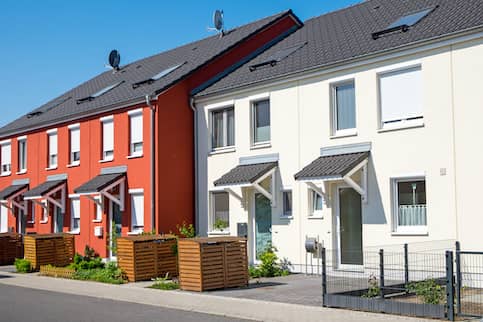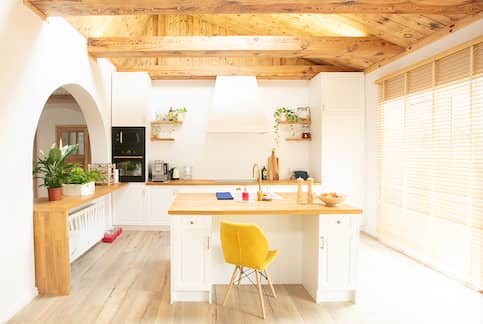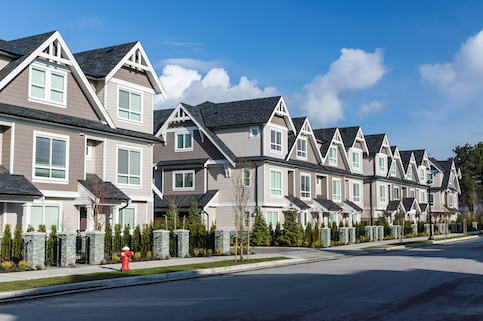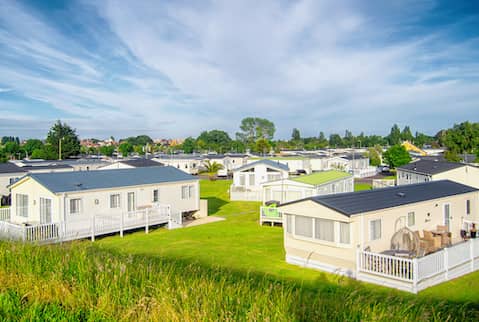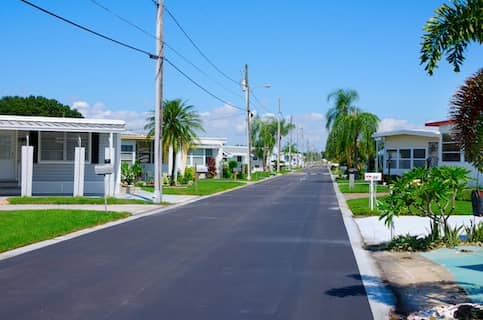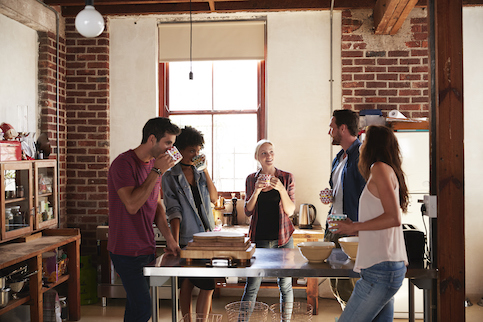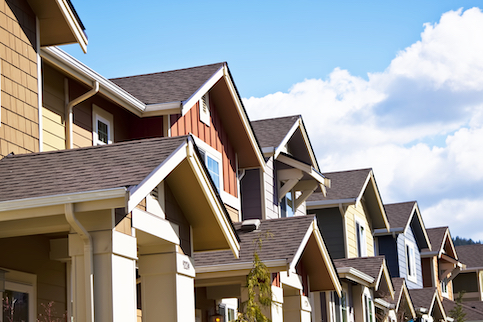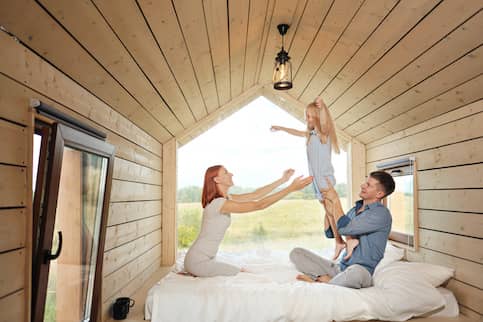Victorian Houses: History, Features And Home Styles
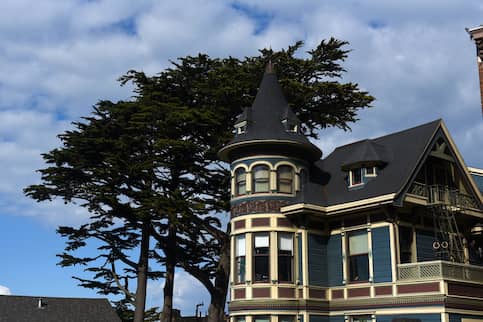
Regal, captivating in appearance and paying homage to history – the Victorian house is a representation of a beloved era. It’s no wonder, then, that if you’re a prospective home buyer with a love for Victorian architecture or Queen Victoria herself, you might be looking to call this timeless style home.
Read on for a complete guide on the Victorian house, its history, features and the pros and cons of buying one.
History Of Victorian Architecture
The Victorian style house is still sought after today. But there’s also a rich history behind how these types of houses rose to popularity and became so esteemed. The Victorian house is named after the “Victorian era,” in which Queen Victoria of Great Britain ruled from 1837 to 1901. Rather than describing a specific style of architecture, this type of home embodies the era in its entirety – one marked by new industrial, architectural and social possibilities. Individuals looking to buy a house may be drawn to the Victorian home for its eclectic design, which prioritizes form over functionality.
Although many Victorian homes were torn down in the U.S. in the 1950s, millions can still be found across the country. They’re more common across the East Coast but can also be found on the West Coast. San Francisco, for example, is known for its iconic strips of colorful, Victorian-style houses.
See What You Qualify For
Home Purchase
Home Refinance
Tap Into Equity
Key Characteristics Of Victorian Homes
With such a unique design, the Victorian home is built to stand out. It can usually be identified by the following characteristics:
Exterior Design Features
Some common exterior features of a Victorian house include:
- Multiple stories: Tall in stature and grandeur in appearance, most Victorian houses have at least two – if not three – stories.
- Glazed bricks: Victorian houses made of brick or partial brick often have glazed bricks in a color different from the rest of the house. This makes the house stand out and adds an element of beauty to the home’s exterior.
- Bay windows: Beautiful bay windows often adorn Victorian houses. They protrude from the rest of the home, giving it a look of elegance from both the outside and inside. These big windows also let in an abundance of sunlight.
- Porches: Most Victorian homes have elaborate porches accented with ornamental fixtures that wrap around the home.
- Gabled roofs: Victorian houses are designed to draw the eye upward with their steep, gabled roofs.
- Intricate millwork: If you look closely at Victorian era houses, you’ll see the intricate millwork around windows, doors and other areas of interest. The millwork is beautifully detailed to give the home even more character.
- Colorful exteriors: Most Victorian houses are painted an eccentric color. Even if the entire home isn’t a bright hue, a portion of it, like the bricks, might be.
- Many window styles: It’s rare to find a Victorian house with just one style of window. Instead, you might find four or five different types of windows in one home – stained glass, oddly shaped windows and even multipane windows.
- Towers and turrets: During the Victorian era, builders experimented with different shapes and styles, which led to the addition of towers and turrets on many homes. For this reason, you’ll likely find narrow and pointed turrets or wider and rounder towers adorning a Victorian home.
Interior Design Features
The interior plans of a Victorian house are usually just as ornate as the exterior and include the following:
- Stained glass windows
- Large staircases
- Fireplaces
- Hardwood floors
- Intricate wood paneling and trim
- Closed floor plan with smaller rooms
5 Types Of Victorian-Style Houses
As mentioned earlier, the Victorian style encapsulates an entire era – not just one specific look. There are several sub styles of the Victorian home. We’ll now consider five of them.
1. Queen Anne
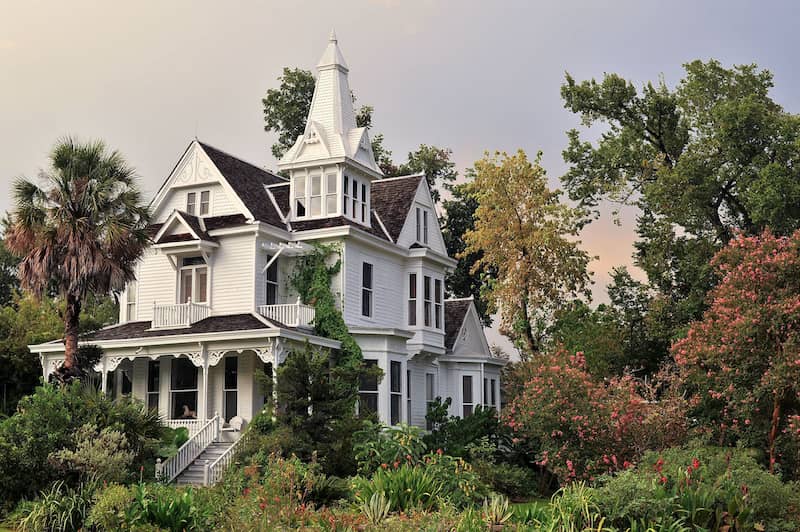
You may be wondering how another queen has become the topic of discussion. Well, Queen Anne ruled from 1702 to 1714, more than a century before Queen Victoria did. The home style, named after her, is said to be a revival of that time period. But, in reality, the Victorian home drew inspiration from eras beyond Queen Anne’s.
The Queen Anne style is often considered to be the quintessential Victorian house. Popular in the U.S. from the 1880s to 1920, this style is characterized by its asymmetrical shape, exaggerated ornate details, colorful palette, steep roof, wraparound porch and more.
2. Italianate
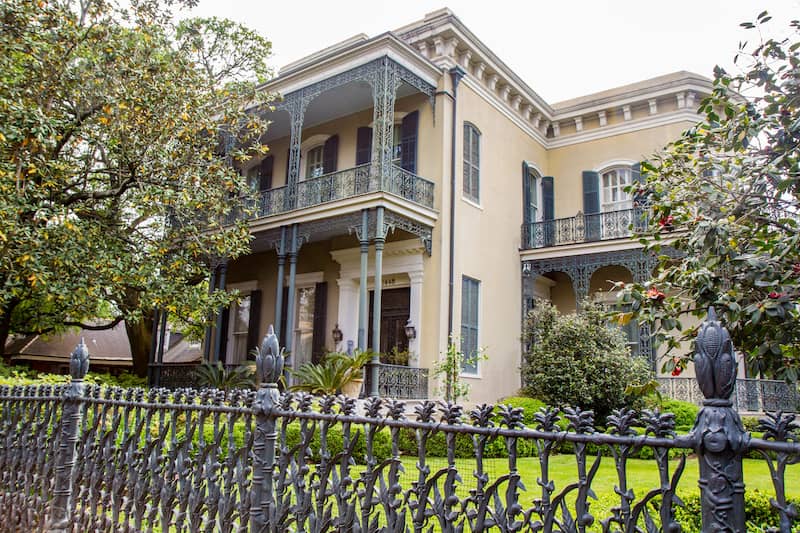
Most popular from the 1840s until just after the Civil War, Italianate houses are reminiscent of 16th century Italian villas. They are known for their rectangular shape, flat and wide roof, square towers and decorative trim.
3. Second Empire
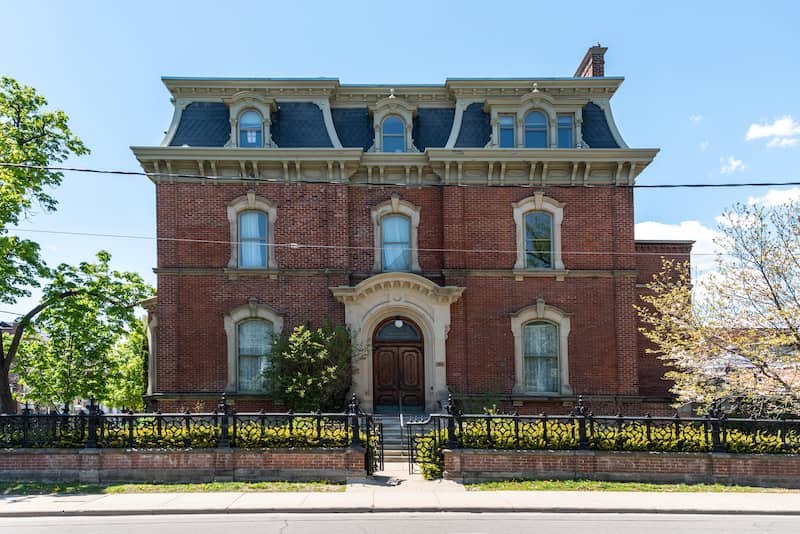
The Second Empire style of Victorian home is much less common than the others on account of its luxurious architectural features; only those of the Victorian era’s upper-class had access to this sub style. It can be identified by its French mansard roof, square or rectangular shape, pavilions, dormer windows and molded cornices. These houses are replicas of homes found in France during Napoleon III’s reign.
4. Gothic Revival
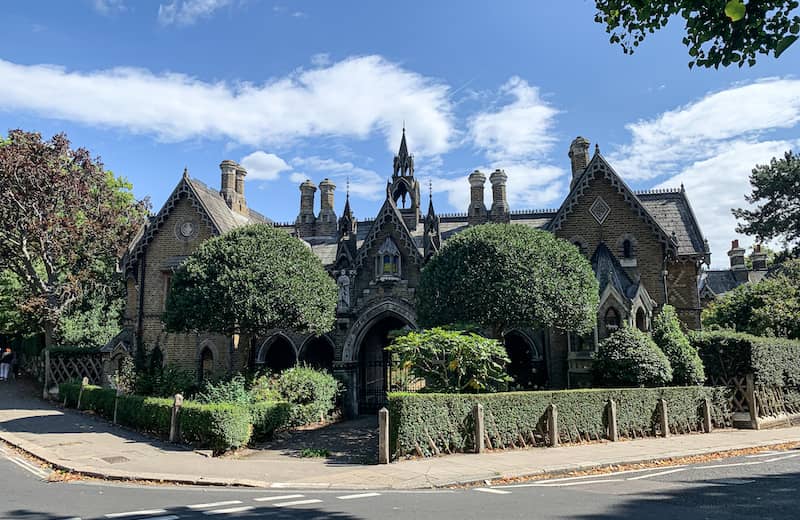
True to its name, the Gothic Revival house style is distinguished from other Victorian styles by its use of Gothic windows with high arches. Drawing inspiration from medieval architecture and the Romantic art movement, these homes have a number of gorgeous features, including pointed arches and windows, steep roofs and ornate detailing.
5. Folk Victorian
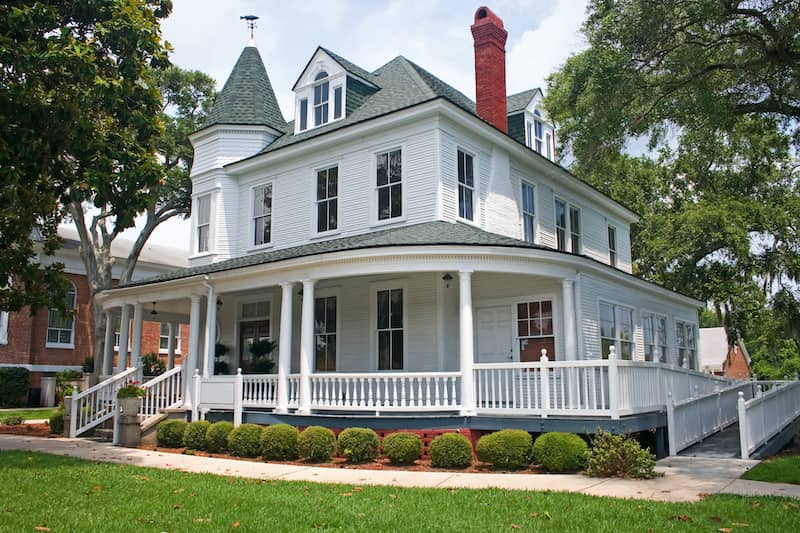
The Folk Victorian home style made the Victorian home within reach for working-class American families. This is a modest take on the cherished Victorian style – built with cheaper materials but still adorned with ornate details. The Folk Victorian is the most common type of Victorian home found in the U.S.
Get started today to see what you qualify for.
Why Buy A Victorian House?
With its charming aesthetic and historic roots, there are many reasons why a potential buyer may be interested in purchasing a Victorian-style home. However, as with all home styles, it’s wise to carefully consider the pros and cons of buying a Victorian house before doing so.
Pros Of Buying A Victorian Home
Some possible advantages of buying a Victorian home include:
- Preserving history: Buying a Victorian house may mean that you’re buying a historic house, and you must promise to maintain its structure and aesthetics as the city requires. As a result, you’re preserving a part of the area’s history, and you may even come across people who have a fond memory of growing up in the home or visiting it.
- Owning a home with character and charm: You get a level of character and charm with Victorian houses that you don’t get from any other architecture. They capture the attention of everyone as they pass by, giving them something to admire.
- Standing out: If you hope to be the talk of the neighborhood, owning an eclectic home with its own personality can surely help.
Cons Of Buying A Victorian Home
Some possible disadvantages of buying a Victorian home include:
- Strict rules: You can’t always do what you want with historic homes. Your ability to renovate the home may be hindered by what the city will allow. You’ll likely have to get all repairs and renovations approved before starting them.
- Renovations can be expensive: Since you’re likely working with materials that aren’t common for today’s homes, it can be harder and more expensive to come across the materials to renovate or repair the home.
- Insurance can be expensive: Homeowners need home insurance, but insuring a Victorian era home can be much more expensive than insuring a newly built home. Because these homes often cost more to repair, the insurance premiums are high to account for the cost should there be a total loss.
- Unexpected problems may arise: Since Victorian homes are a bit older, they may require a bit more TLC to keep them in a safe, livable condition. As an owner of a historic home, it’s best to be prepared for any issues that may arise unexpectedly.
The Bottom Line: Is A Victorian-Style Home Right For You?
Depending on what you’re looking for in a future home, a Victorian-style house could be a great choice. With their charm and character, there’s nothing cliche about this enchanting home style.
If you’re prepared for the cost and responsibility that can come with owning a Victorian home, then you’re ready to embark on the homebuying process.
Get matched with a lender that will work for your financial situation.

